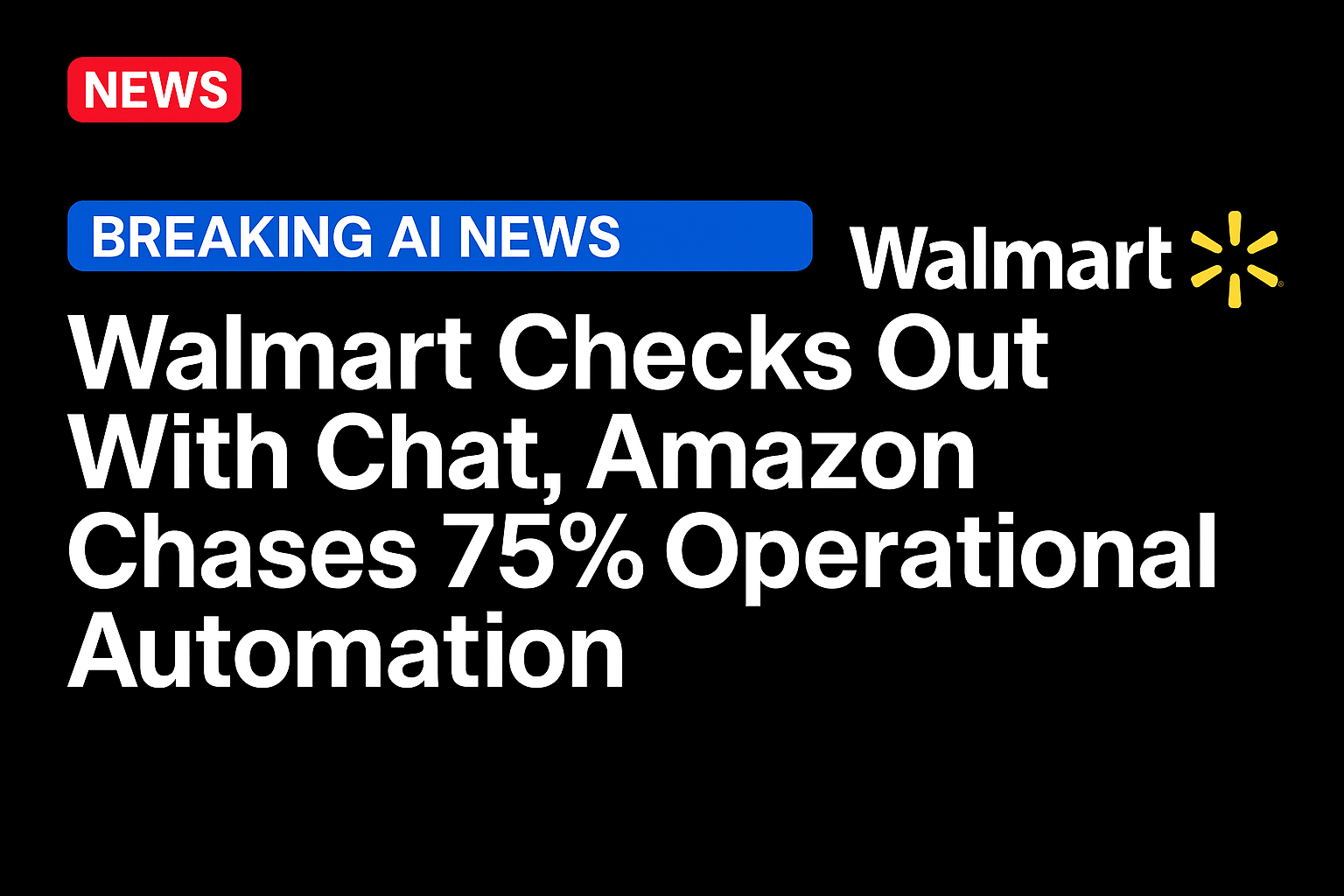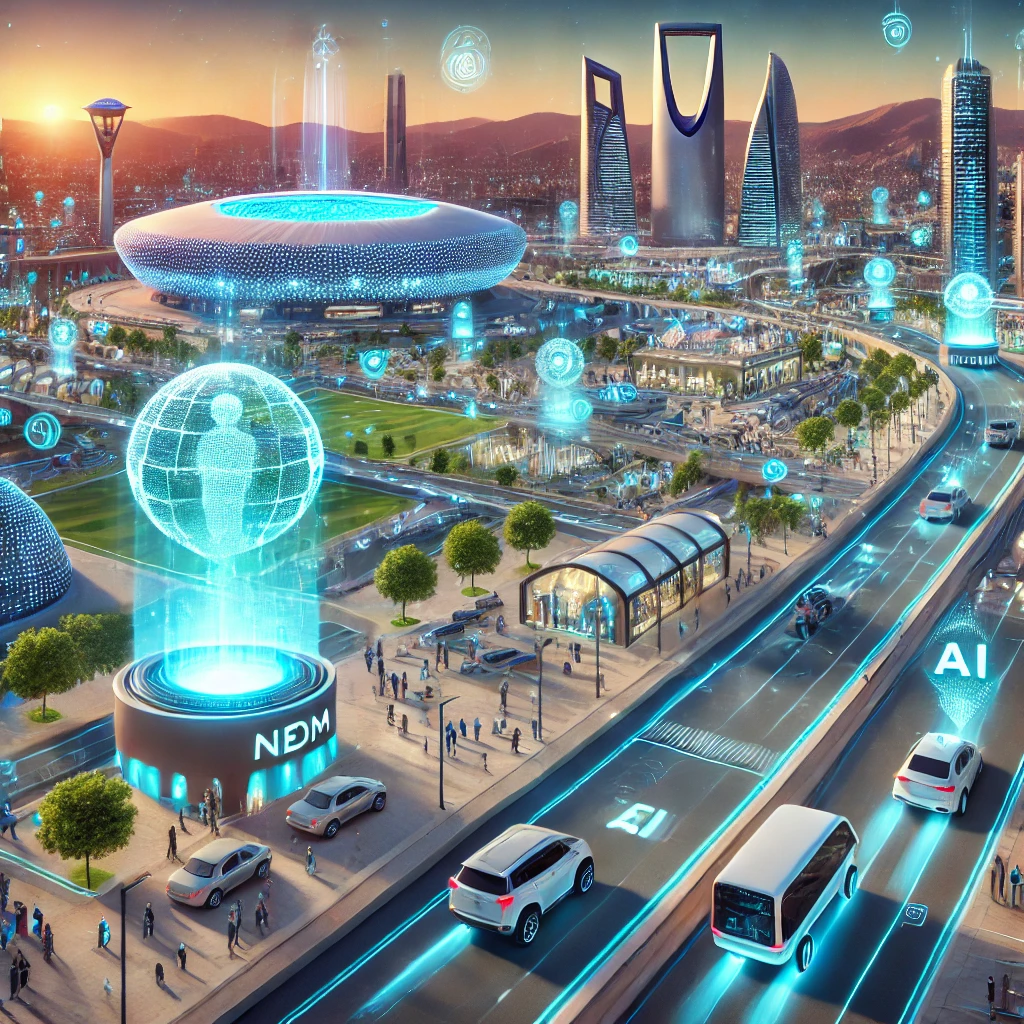Retail is no longer a tale of shelves and sales. It’s a story of systems.
The industry has evolved from an art of merchandising into a science of experience design and data orchestration. This evolution is being driven not only by changing customer expectations, but by technology’s ability to re-architect both what the customer sees (the “front end”) and what happens behind the scenes (the “back end”).
Amazon, for example, on Wednesday (Oct. 22) announced it is equipping its delivery drivers with artificial intelligence (AI)-powered smart glasses to accelerate last-mile logistics, part of a broader operational overhaul that also includes enhanced delivery networks and seller-facing intelligence tools.
Meanwhile, Walmart’s earlier announcement of a partnership with OpenAI could potentially open a new chapter for the retailer. Under the deal, Walmart will allow customers to shop via the ChatGPT interface, choosing items simply by conversing with the chatbot and completing transactions in-chat via “Instant Checkout.”
The announcements underscore the rising trend of frictionless interaction the new baseline in retail, while personalization becomes the organizing principle of the modern shopping journey.
Read also: Walmart and Amazon Race to Merge Physical Scale With Digital Intelligence
Advertisement: Scroll to Continue
The Front End Is Where Experience Becomes Strategy
As the Walmart and OpenAI partnership spotlights, checkout is disappearing into the background. Payment, once a potential friction point of every purchase, is now becoming a silent, embedded action that’s executed by tapping a phone, scanning a face, walking out of the store or using artificial intelligence.
Walmart — and the retailer is far from alone in this — has long invested in artificial intelligence across its operations, for example embedding generative AI into its search experience via Microsoft’s Azure OpenAI service, enabling shoppers to ask “Help me plan a unicorn-themed party” and receive a tailored list of items. But the new OpenAI tie-up marks a purposeful pivot: the chatbot becomes not just a helper, but the front door to purchase.
This initiative raises the bar for rivals, most notably Amazon, in how consumers expect to interact with retail platforms.
Still, important questions linger. The exact launch date remains unspecified. Data privacy, trust and governance will become significant battlegrounds, particularly as the AI begins to anticipate needs (such as “you’re almost out of detergent, shall I reorder?”) rather than respond. The shift may also work to erode traditional browsing and discovery-driven retail dynamics.
Amazon on Thursday (Oct. 23) launched its own AI sally with “Help Me Decide,” an AI shopping tool designed to pair users with personalized products.
Data from the PYMNTS Intelligence report, “The 2025 Global Digital Shopping Index: The Rise of the Mobile Window Shopper and What It Means for Payments,” found that nearly half of consumers surveyed worldwide used a smartphone in their most recent retail purchase. Ultimately, the frontline of retail engagement as 2026 draws near may no longer be just human but hybrid, and increasingly autonomous and digital.
The Invisible Revolution Across the Back End
If checkout is being re-engineered, so too is the supply chain behind it. Contemporary shopping may pivot on chatbots, but the orders must still be picked, packed and delivered.
Retail’s back end, comprising inventory systems, supply chains, fulfillment networks and data infrastructure, is more and more being rebuilt in real time. The implications stretch beyond efficiency. A robust back end enables new business models: same-day fulfillment, in-store pickup of online orders, subscription commerce, resale marketplaces and even circular supply chains. When the data architecture is integrated, innovation at the front end becomes almost limitless.
Amazon, for example, is layering AI and robotics across warehouses and delivery. The company reportedly plans to automate 75% of its operations, replacing up to 600,000 human jobs with robotic alternatives.
Still, amid the flurry of innovation, the week delivered a sobering reminder: no matter how advanced the AI and robotics stack, the underlying infrastructure remains a potential point of systemic fragility. On Monday (Oct. 20), Amazon Web Services (AWS) suffered a major outage that lasted hours, disrupted hundreds of services globally and illustrated how the most heavily relied-upon cloud infrastructure still carries risks. When many parts of the retail value chain rely on the same cloud backbone, a single failure can become systemic.
Source: https://www.pymnts.com/




